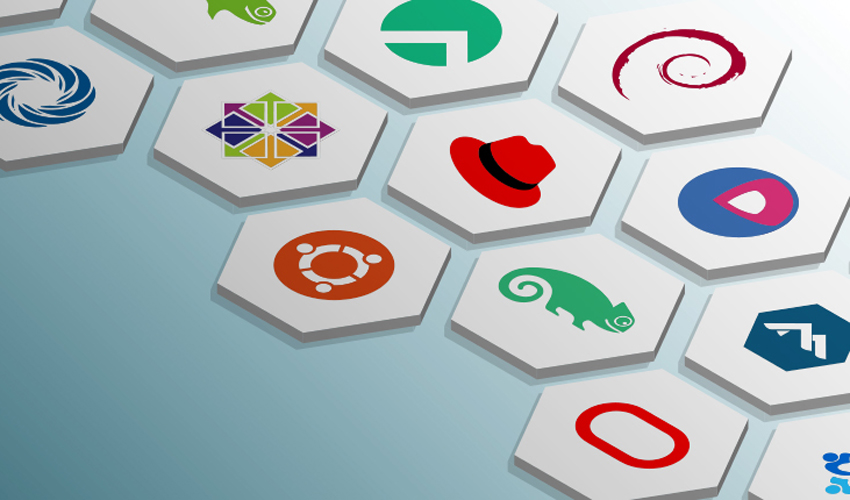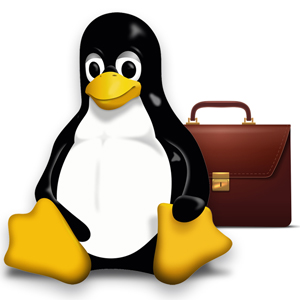
Whether you are welcoming CentOS Stream or looking for alternatives, the recent decision from the CentOS community to focus on CentOS Stream has forced a lot of technical leaders to rethink their Enterprise Linux strategy. Beneath that decision, the business landscape involving Linux has shifted and expanded since its enterprise debut in the late 90s, when IBM would invest $1 billion in its development.
Today, Linux comes in every shape and size imaginable — with the kernel running on tiny low power computers and IoT devices, mobile phones, tablets, laptops all the way up to midrange and high-power mainframe servers.
Cutting through that expansive selection to understand which Linux distributions truly align with the needs of a business can lead to more frictionless deployments and successful execution while minimizing waste in maintenance cycles and optimizing overall cost.
This abridged guide to the Enterprise Linux landscape can give businesses an overview of which flavor (or flavors) of Linux will most adequately match their use cases.
For those looking for a more comprehensive guide, be sure to check out the Decision Maker’s Guide to Enterprise Linux.
Finding the Right Linux Flavor
Committing to a flavor can introduce many concerns. Beyond managing the deployments host-by-host, administrators must also consider the ecosystem components available to support the implementation at scale.
What mechanisms will be available for automatic patching? Can you optimize bandwidth by mirroring the distributions repository? Is remote desktop a concern? What about the kernel version requirements? Linux Kernel 4 contains optimizations that lead directly to dollars saved on cloud deployments, can you take advantage of that?
Are you looking at a container strategy, thinking of deploying your apps into Kubernetes, or other multi-cloud strategies? What about options for embedded Linux
Nowadays there’s a preferred flavor of Linux for each of these concerns. A single flavor of Linux is really the Linux kernel surrounded by a curated suite of other free software. That other free software is what makes one flavor of Linux distinct from another.

